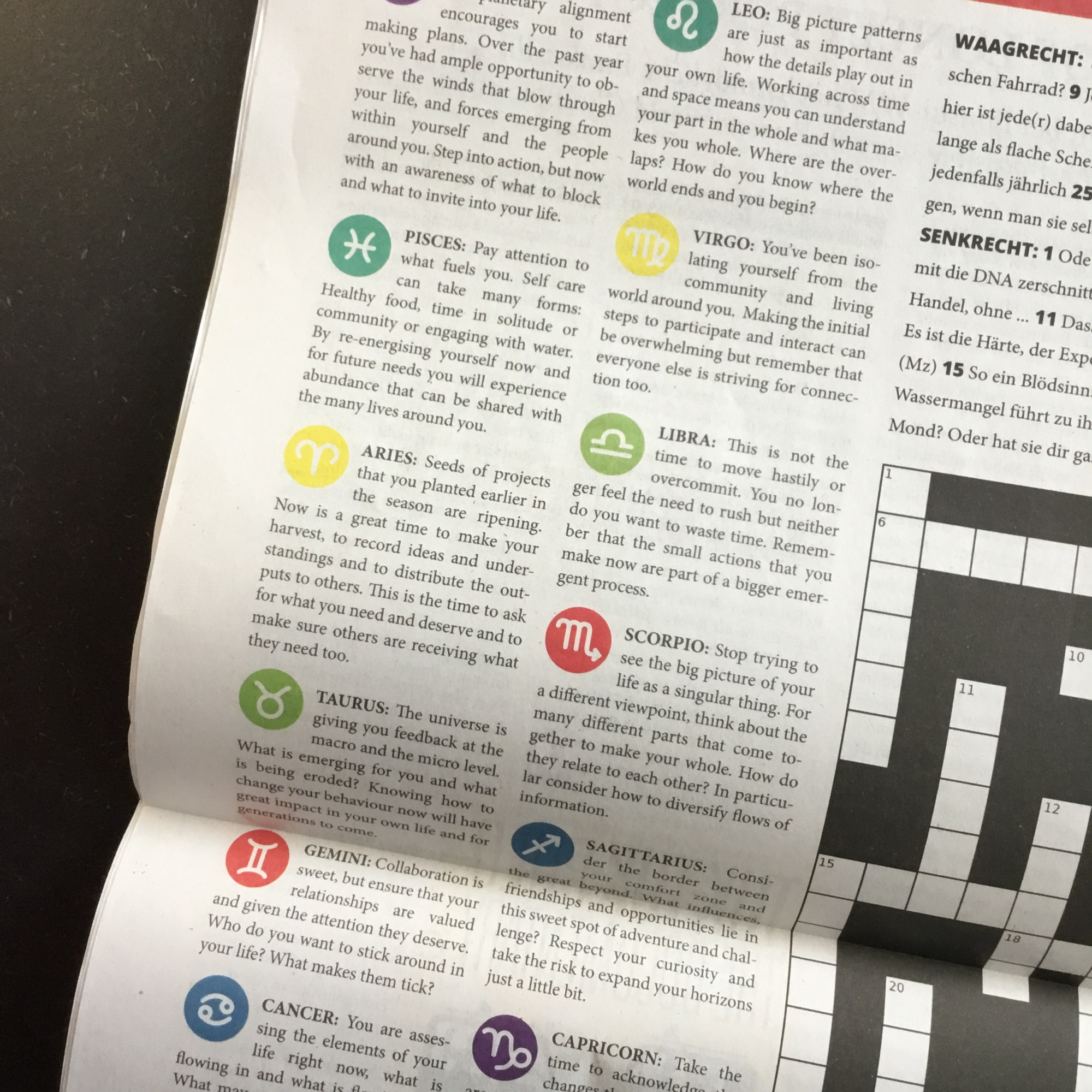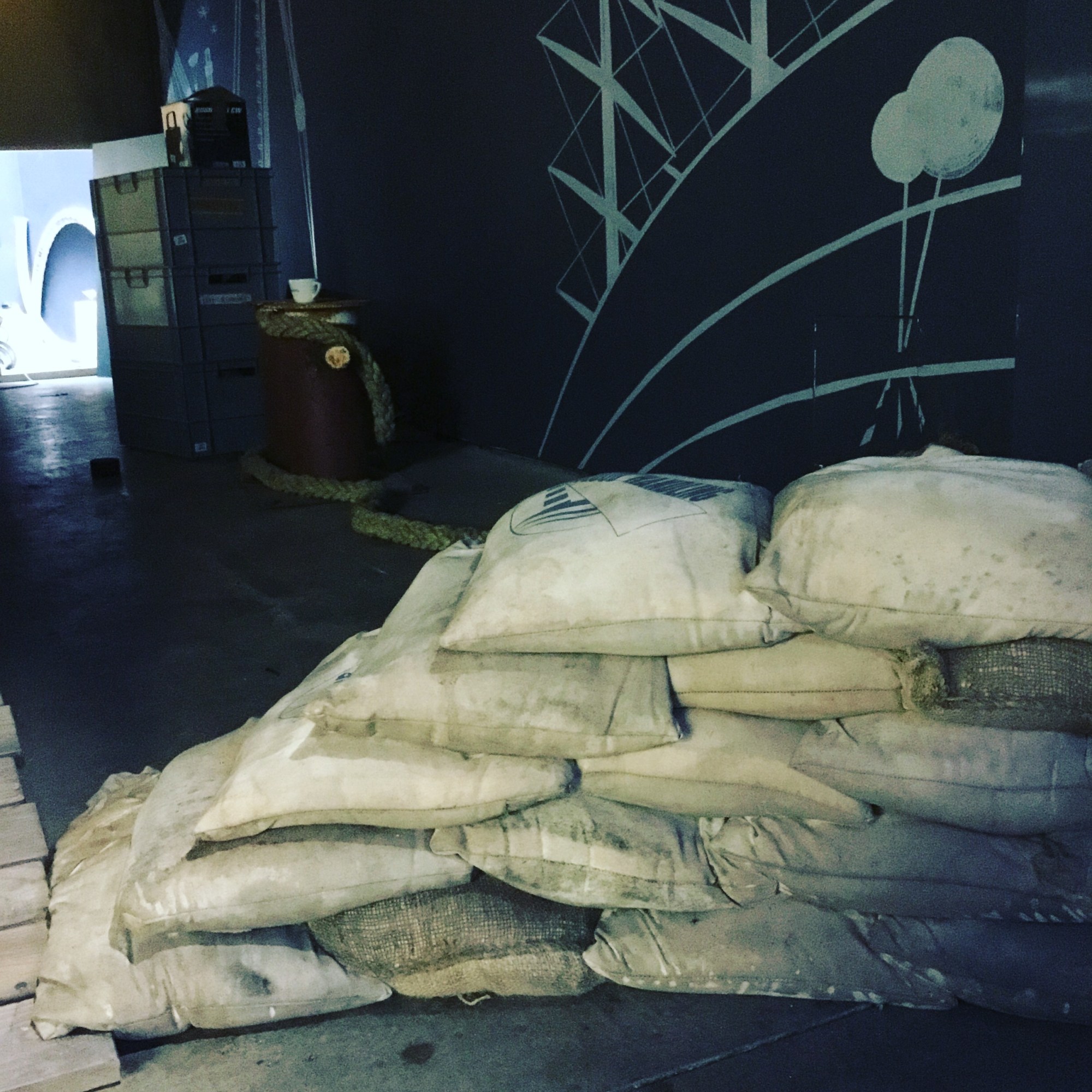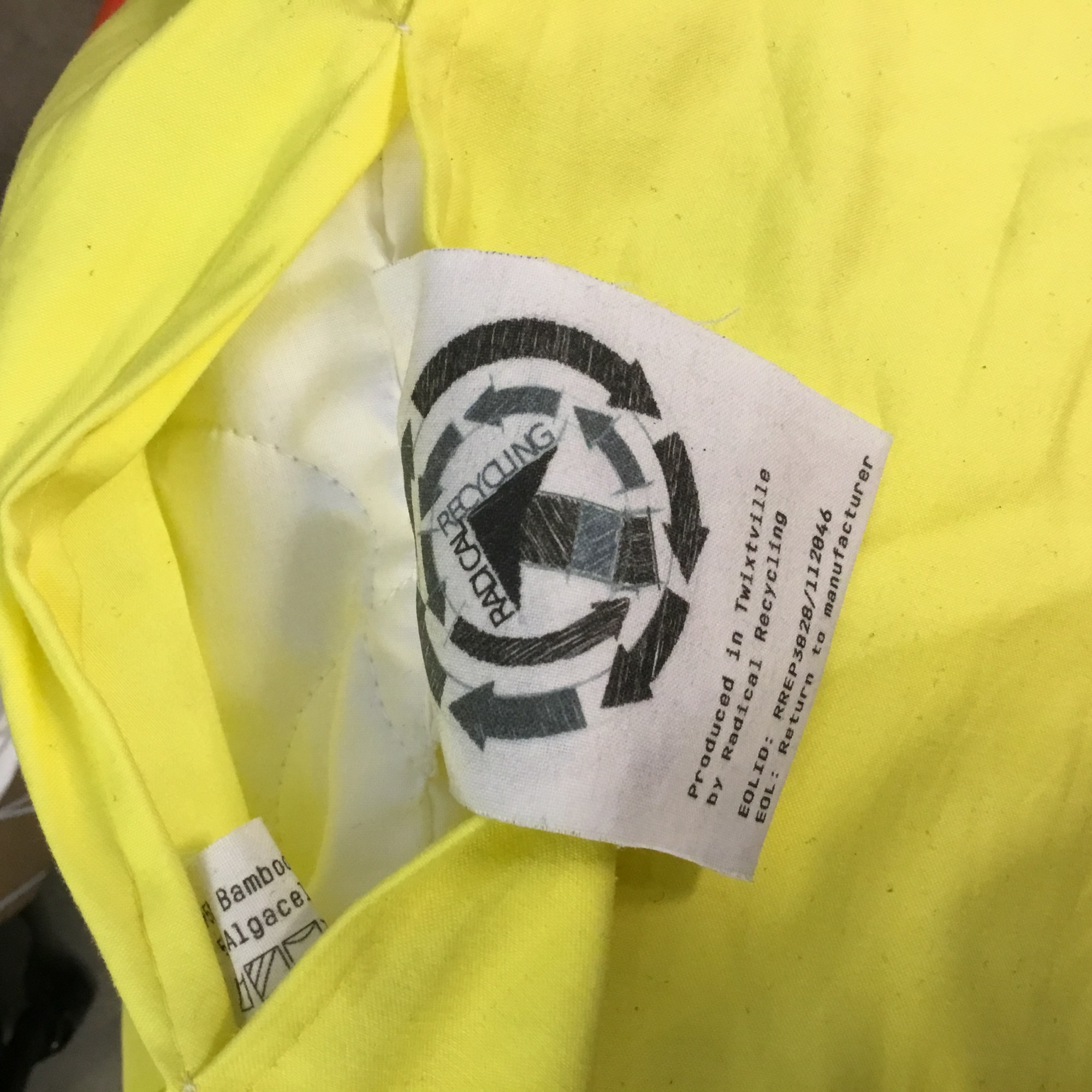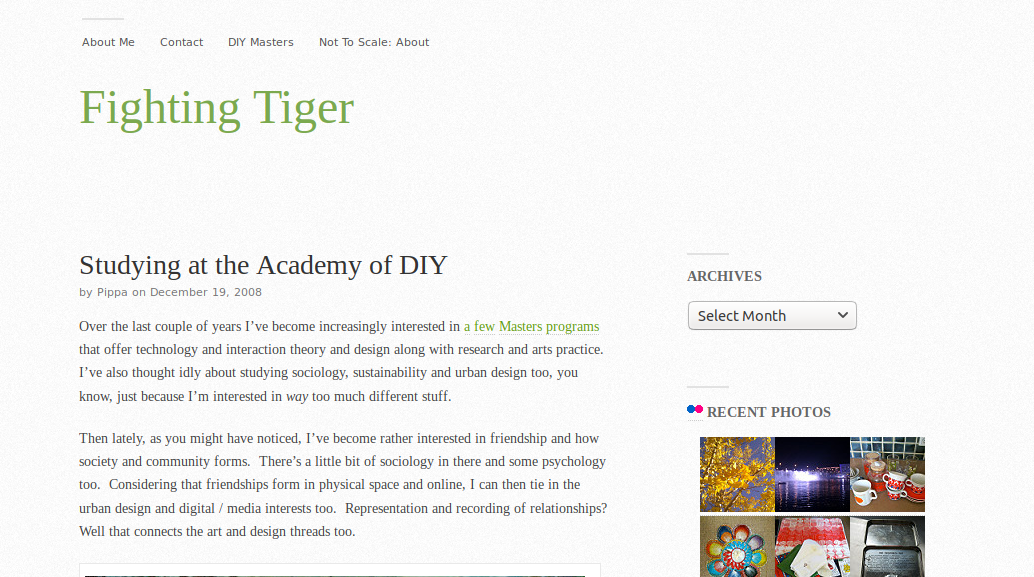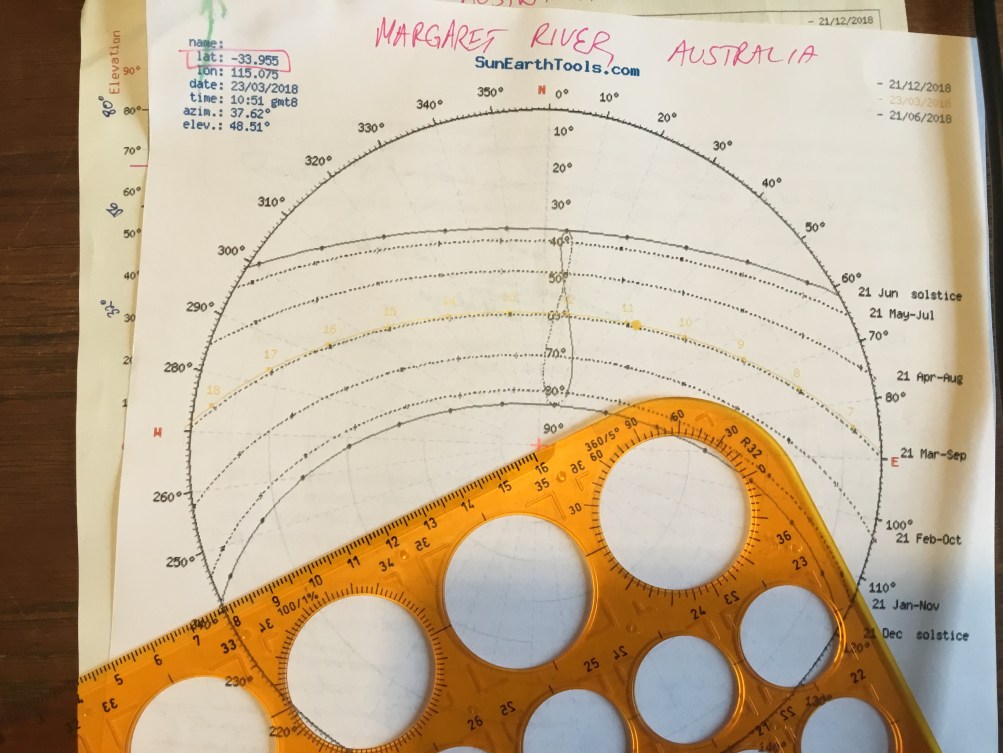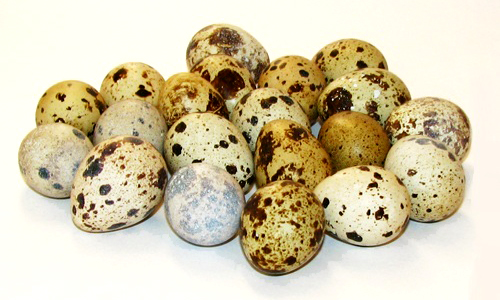I wanted to share a series of discussion questions broadly related to urban permaculture and having a cooler city in the summer.
I’ve been fortunate enough to visit Kosovo three times over the last year or so, twice for permaculture teaching with GAIA Kosovo and once for fun and planning. On the most recent trip I hosted an Introduction to Permaculture for GAIA Kosovo’s volunteers, visited Mitrovice and gave a presentation there and led a short workshop on the permaculture principles and urban permaculture at Termokiss in Pristina.

Broadening The Discussion
I always emphasise that while permaculture has a food production focus, it is ultimately about actively caring for both people and planet from a systems thinking perspective and that can be performed through more than just growing food. Urban permaculture activities have a very different context than those in rural or suburban areas. Often there are significant issues regarding pollution as well as social and structural problems that need to be responded to, often as a parallel problem to establishing food production projects. I feel a great responsibility to present permaculture as an entry point into many different activities – not everyone wants to grow food, but everyone can be empowered to care for people and planet.
Patterns and Details
Preparing for this workshop I was reminded about the importance of patterns and details and how that can help us understand challenges and respond to them. While I started writing questions about Pristina, I knew that the same discussions would be just as relevant in Linz, or Adelaide. Pristina, Kosovo is one of the most polluted cities on the European continent, water security is an issue, corruption is still a major problem, there are significant issues around equality between different religious and minority groups and the post-conflict status of Kosovo as a nation is unclear. While Pristina has its own particular history and combination of present day problems, it is important to acknowledge that issues of pollution, water and food security, inequality, corruption and conflict histories are present everywhere in the world. For example littering and air pollution were previously significant problems in Australia until social norms and regulations changed, yet its frontier wars and history of Indigenous genocide and social inequality are mostly unacknowledged. It is easy to look at the problems or solutions of other places and presume that one society has everything fixed or another one failing. There is always something to improve and ways to learn from other people, just as there is always progress and ideas to be shared.
Customising a Workshop Design
We weren’t sure how many people would attend the Termokiss workshop and had there been a bigger group I’d have invited them to participate in a “Permaculture Speed Dating” exercise. In this format I would have given a very short introduction to permaculture and then divided the group by birth month. Then for example I would have asked all the people in January to choose an urban permaculture question related to “Observe and Interact” and to then discuss it with one or more other people. After 5 minutes they would then swap onto the next principle, so that by the end of an hour everyone would have worked through all of Holmgren’s design principles.
The group of participants I was presenting to was small and pretty fluid as some people had to leave and more people arrived. This meant that I ran a longer discussion based introduction to the principles and ethics. Following the presentation side of things I invited the participants to select a question from the list below and to discuss it in small groups. Once we regathered I asked participants to think of two actions they would do to practice the permaculture ethics, one for the next week and one through the summer. This final reflection was a very empowering experience as for example, one person said they would try to grow a plant for the first time in their life, another wanted to try making seed bombs and some of the people from Termokiss were going to start a seed library.
In many ways it was lucky that we had a smaller group as I think the questions would need to be refined to suit a limited time frame. Alternatively they could be reworked to host 4 or 5 stations of speed dating but still with urban permaculture related questions.
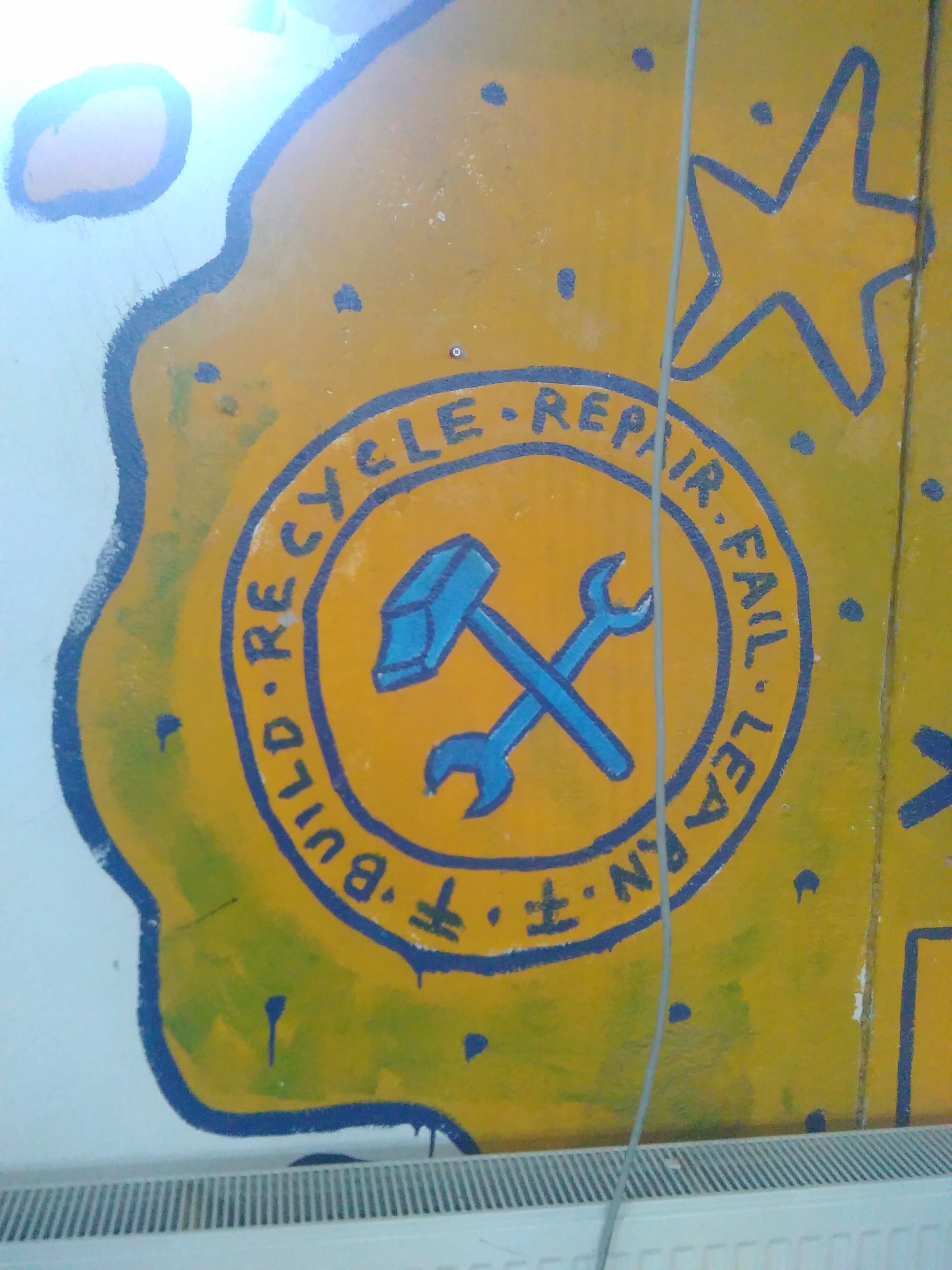

The Questions
OBSERVE AND INTERACT
- In the Summer, what places in your home and the city feel cooler than others? Why?
- Do you know if the soil near your home is healthy or not? Even if growing food or medicine for humans is not a good idea you can still grow a garden that provides beauty, shade, good smells as well as homes and food for wild animals and insects.
- Do you know the names of your neighbours? Do you think any of them might need extra help during very hot weather?
CATCH and STORE ENERGY
- You can use solar and wind power without expensive technology. How can you catch or block the sun and wind to make your home or workplace more comfortable this summer?
- Have you ever tried saving seeds from trees or food plants? Do your grandparents save seeds? Have you ever swapped seeds? Seed saving supports biodiversity, can save you money and helps maintain traditional / heirloom plant varieties.
OBTAIN A YIELD
- What changes could you make to your home or community that will have benefits this summer and in the future?
- What benefits do you get from nature? Beauty, clean air, water, food, places to play, sunshine? What can you do to help nature provide these resources and services?
APPLY SELF-REGULATION AND ACCEPT FEEDBACK
- Have you ever calculated your ecological footprint? Do you know how much water and energy you use each year?
- Do you feel better when you are in nature filled places? How can you plan your week to spend more time in nature?
- How often do you buy drinks in plastic bottles? Can you reuse a bottle and drink more water this summer?
USE AND VALUE RENEWABLE RESOURCES AND SERVICES
- Are there vacant pieces of land, or cracks in the pavement where you could plant a garden? Trees and garden areas help keep the city cool as well as providing many other benefits such as beauty, controlling storm water and food and homes for wildlife.
- Can you use the wind to cool your home? In hot weather it is often better to keep your windows closed and shaded during the heat of the day and to open them up in the cool of the evening.
- How do you look after the precious water you use in your home? Choosing the most eco friendly detergents and soaps you can find and avoiding throwing chemicals away in drains can help keep Kosovo’s waterways clearer.
PRODUCE NO WASTE
- Often we need to use polluting energy to power appliances or drive somewhere. What can you do to get the most out of that energy use? (eg. car pooling, cool just one room of the house, keep refrigerators in cool places)
- The best way to keep plastic bags out of the environment is to not use them in the first place. Have you ever tried refusing a plastic bag when shopping? What was the reaction from the shopkeeper?
- What do you reuse or repurpose? Old bubble wrap packaging can be used to insulate windows from the summer sun and winter cold. Socks and scrap fabric can be sewn to make “snakes” that block draughts in cold weather.
- How do you save water in the home? If eco-friendly soaps are used, “Grey Water” from your shower or bath, and from clothes washing can be used to water gardens and houseplants. Alternatively this waste water can be used to flush the toilet.
- What happens to your food scraps? Can they be composted and used to feed the soil in a garden? Food waste which goes into normal trash attracts pests and releases methane, a greenhouse gas. Using waste food and other biological waste to make compost means that plants can be fertilised without chemicals. Paper and cardboard scraps can also be mixed with the food waste.
DESIGN FROM PATTERNS TO DETAILS
- Think of your favourite natural place. Maybe it is a forest, a park or a garden. What patterns and ideas can we take from nature to inspire a beautiful, cool and clean Pristina and Kosovo?
- Imagine the place where you live and how it feels at different times of the day or the year. How does the movement of the sun and wind affect how warm or cool your home is. Do you use your home differently between summer and winter?
- Environmental problems in Pristina are very similar to problems in the rest of the world. Do you know of how other groups have responded to build community gardens, clean up water ways in their local area? What ideas can you copy from other places and what challenges are unique to Kosovo?
INTEGRATE RATHER THAN SEGREGATE
- It is possible to do things alone, but much more effective and fun when we work together. Can you think of a neighbour, family member or organisation you could team up with to make positive changes in your local community and natural environment this summer?
- Can you think of ways to connect parks, gardens and the outer areas of Pristina? In order to support a healthy population birds, animals and insects need pathways to travel along. Where would you put nature pathways in Pristina?
USE SMALL AND SLOW SOLUTIONS
- Have you heard about seed bombs? They are balls made of clay, soil and local wildflower and tree seeds which will begin to grow after a rainstorm. Throwing seed bombs into abandoned land can help nature beautify ugly parts of the city. Where would you throw a seed bomb?
- Can you think of places where you could plant a tree or other plants for the future? If the best time to plant a tree was twenty years ago, the second best time is this year. Trees take a long time to grow and need the company of friendly plants in order to be healthy.
USE AND VALUE DIVERSITY
- What are your skills? What do you want to learn? Can you work with friends to start a learning exchange?
- Can you name five or more plants that grow in the city?
- What can you do to help the elderly, the very young, those with disabilities or ethnic minority groups? Air and water pollution, extreme heat and cold will have bigger impacts on certain groups in society who are already struggling and vulnerable.
USE EDGES AND VALUE THE MARGINAL
- Are there tiny corners of the city where you could grow a garden? Guerilla gardening and moss graffiti are ways to temporarily beautify your neighbourhood and provide benefits for wildlife.
- Edges of ecosystems eg. alongside rivers, are places of richness and diversity – materials gather and there are specific microclimates. Around the world (not just in Kosovo) roadsides seem to magically gather trash. Can you choose a street to care for?
- In high summer walls and roofs exposed to the sun will heat up and make a building more uncomfortable. Is it possible to use climbing plants to shade the place where you live?
CREATIVELY USE AND RESPOND TO CHANGE
- What was summer like when you were a child? How has the weather changed over recent years?
- What do you want your life to be like in the year 2031? Will you have a family of your own? Will you live in Pristina or somewhere else? How will climate change affect your dreams? What can you do now to make Pristina cleaner and cooler and at the same time mitigate global climate change?



